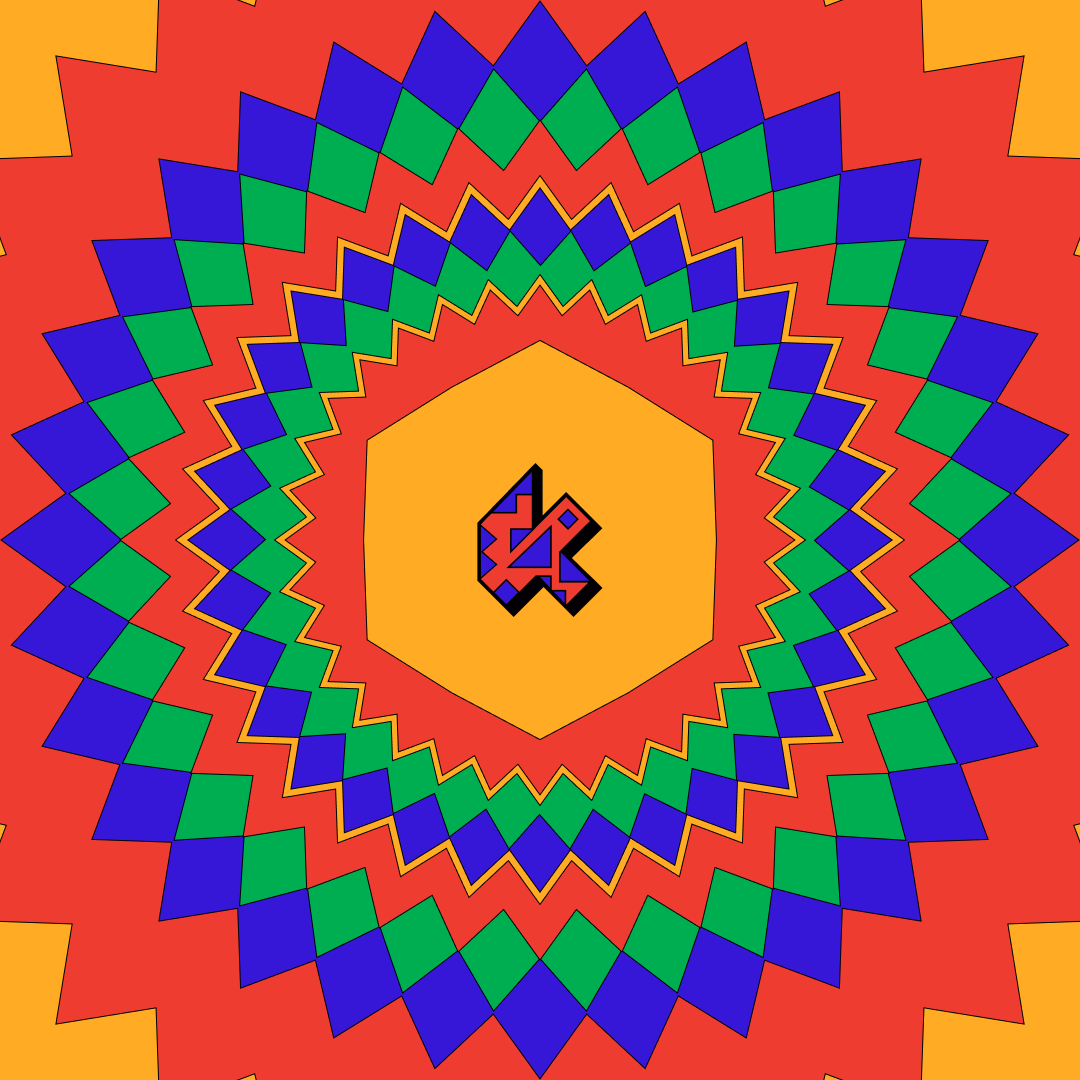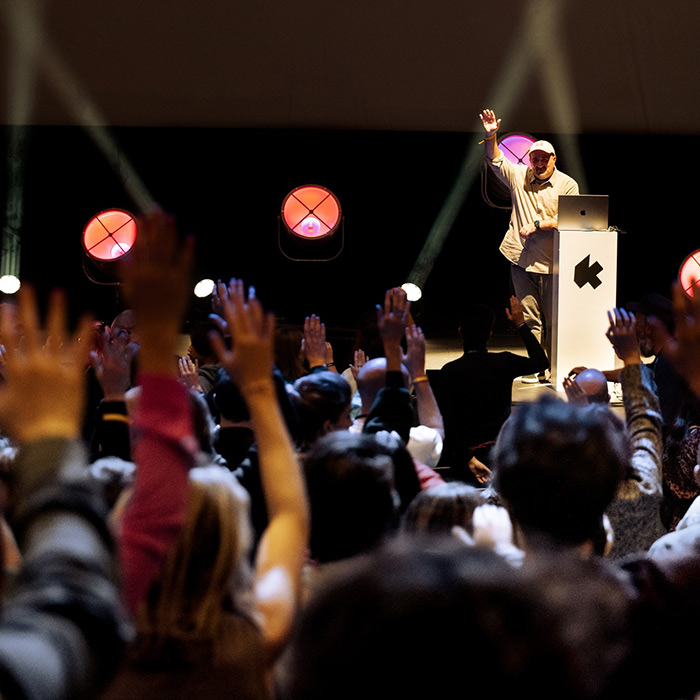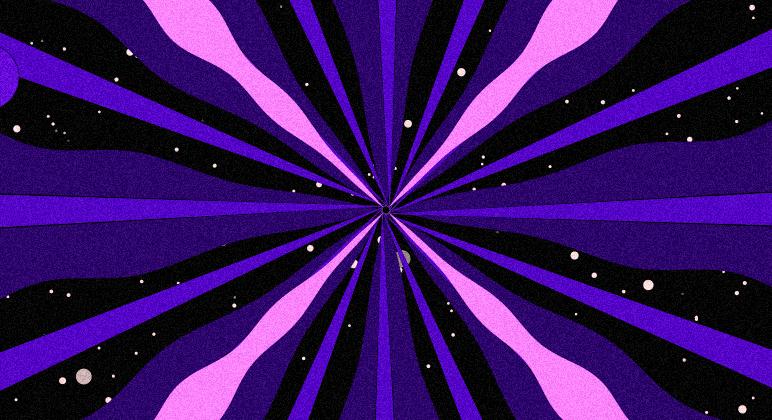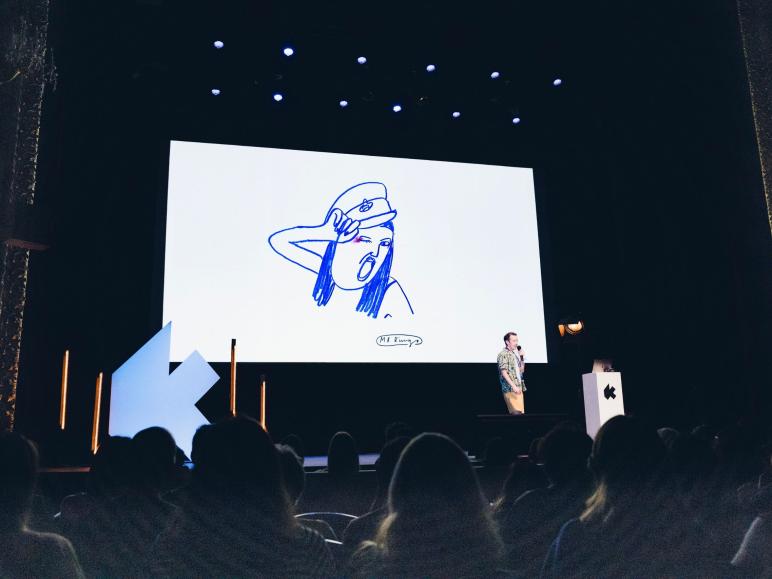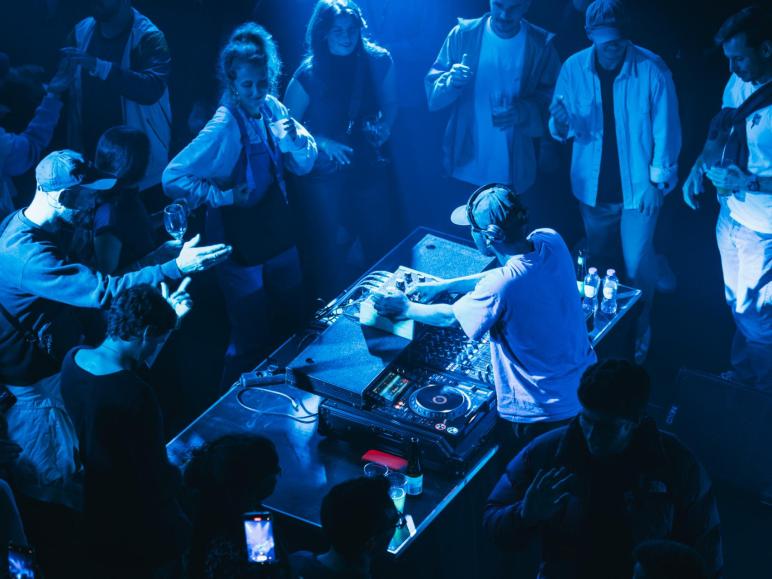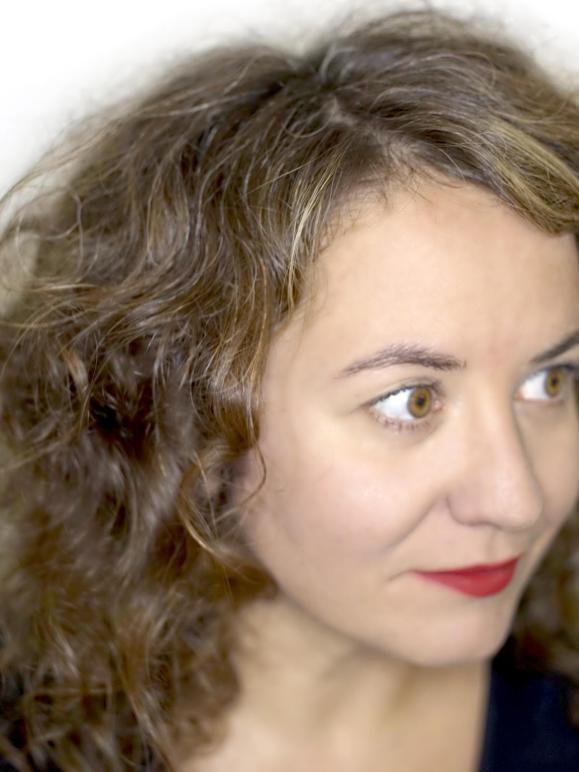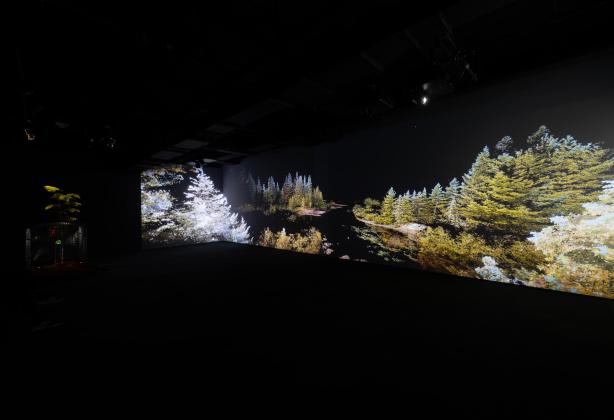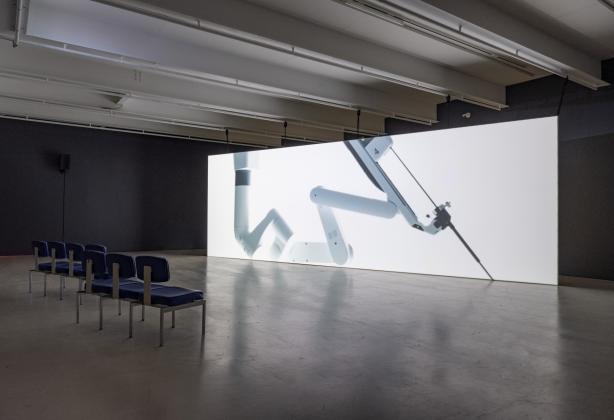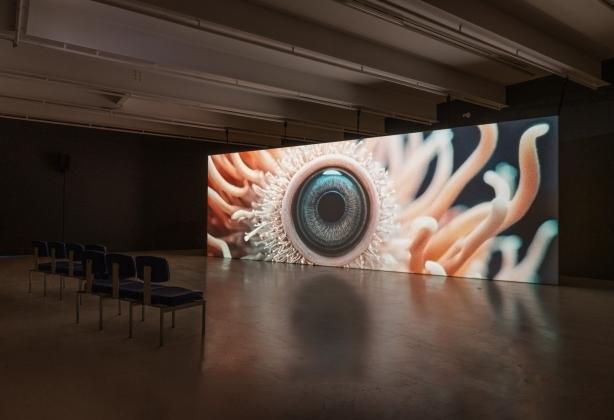Nelly-Eve Rajotte
Nelly-Ève Rajotte is a professor at the School of Design at UQAM, where she leads the Moving Image and Sound Design research axis. A visual and media artist, her practice revolves around moving image, sound, immersion, and the notion of experience, explored through performance and installation. Her research-creation focuses in particular on non-human modes of landscape capture—using LiDAR, biosensors, artificial intelligence, and robotics—as well as on the sensitive relationships between technology, body, and environment.
Her works, recognized for their immersive and monumental qualities, question the conditions of reception and propose new forms of perceptual otherness. Presented in Quebec in institutions such as the Musée d’art contemporain de Montréal (MACM), the Musée d’art de Joliette (MAJ), Fonderie Darling, Occurrence, Clark, Optica, and Circa, they have also circulated in numerous international festivals and events, including MUTEK, the International Festival of Films on Art, Transmediale, ISEA, Lab30, and the International Short Film Festival of Berlin.
Her work will be featured in upcoming exhibitions at Contemporary Calgary and Emerson Contemporary (Boston) in 2026, and is part of several public collections, including that of Hydro-Québec.
The Delicacy of Machines
This presentation explores how contemporary technologies, surgical robotics, LiDAR scanning, biometric sensors, and artificial intelligence, can be reconfigured to produce imagery that emerges from the viewpoint of the living world. By reconfiguring devices initially designed for measurement, control, or representation, the aim is to explore new modes of presence, otherness, and sensoriality.
Through the presentation of my two recent works, The Trees Communicate with Each Other at 220 Hertz and Matter (2024). In the Depths of Flesh, the Delicacy of Invasive Machines (2025), I will address how the aesthetics of the non-human and machinic vision of landscape open the way to immersive and empathic experiences. These experimentations unfold both within the space of the body, where robotic intervention operates as a form of “speculative surgery” of the image, and in the representation of a digitized forest rendered as luminous pointillism, where the viewer becomes an integral part of the visual and sensory experience.

